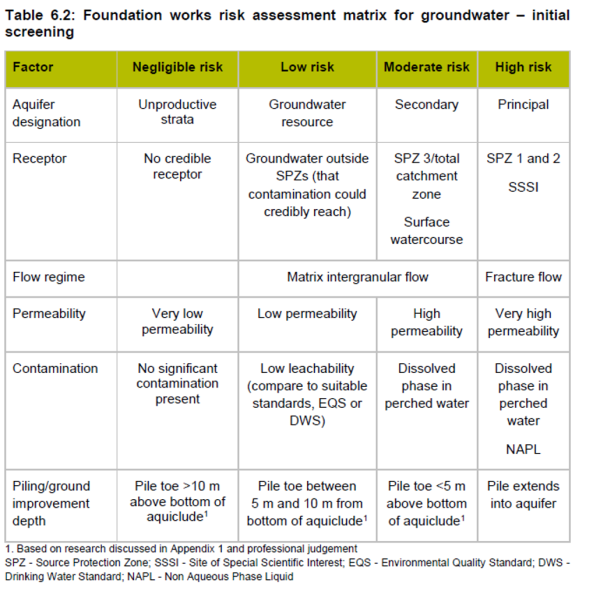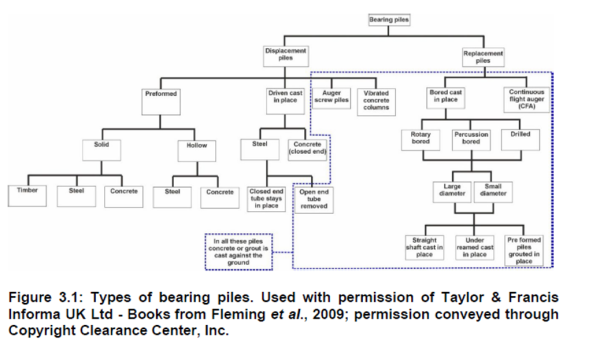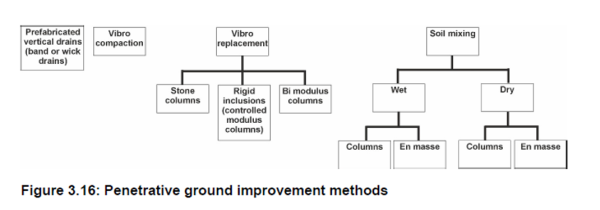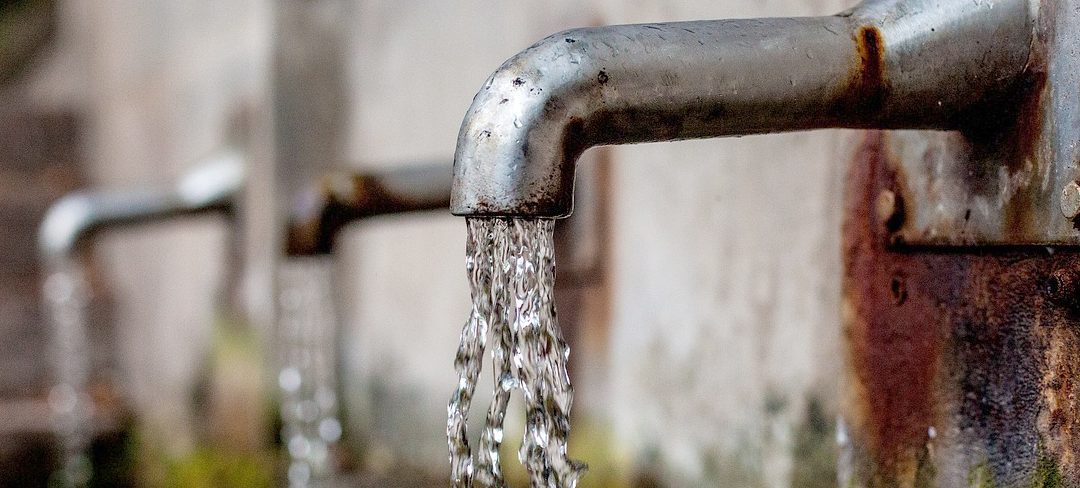The G&W Guide to… Piling and Groundwater Contamination
Geoenvironmental • Regulation
If you have a development site in a Groundwater Source Protection Zone (SPZ) the Environment Agency (EA) will become involved if the proposed development is deemed to have the potential to pollute or harm groundwater. Piled foundations and penetrative ground improvement schemes in particular, are subject to the imposition of an onerous planning condition. You will need professional help to navigate your way through it. Read on to find out why.
What is an SPZ?
In some areas of southern England up to 80% of drinking water comes from groundwater sources. The EA has categorised zones where these sources are, and they are scored depending on level of risk to the source from contamination. There are three categories and a groundwater SPZ1 is the area immediately around an abstraction point for domestic supply or for food production purposes. Groundwater in a SPZ1 is most vulnerable to pollution given the close proximity of the abstraction point and the water’s intended use for human consumption.
Planning conditions
In SPZs or sites where there is a high contamination risk, piling or any ground improvement schemes using deep penetrative methods will not be permitted other than with the express written consent of the Local Planning Authority. Permission may be given for those parts of the site where it has been demonstrated that there is no resultant unacceptable risk to groundwater. The development shall be carried out in accordance with the approved details.
This condition is put on sites where there is a concern that:
- Creation of preferential pathways, through a low permeability layer (an aquitard), to allow potential contamination of an underlying aquifer.
- The driving of solid contaminants down into an aquifer during pile driving
- Contamination of groundwater and, subsequently, surface waters by turbidity, support fluids, concrete, cement paste or grout.
- Direct contact of the piles or engineered structures with contaminated soil or leachate causing degradation of pile materials (where the secondary effects are to increase the potential for contaminant migration).
- Creation of preferential pathways, including through a low permeability layer, to allow upward migration of landfill gas, soil gas, mine gas or contaminant vapours (e.g. Volatile Organic Compounds (VOCs)) to the surface.
- Causing off site migration of ground gas or increased vertical emissions as a result of vibration or other effects from the pile installation process; and
- Direct contact of site workers and others with contaminated soil arisings which have been brought to the surface.
High-risk sites catagorisation can be seen below

 The types of piles this condition covers are shown right:
The types of piles this condition covers are shown right:
The types of Penetrative Ground Improvements these conditions are associated with are below:

A Foundation Works Risk Assessment (FWRA) report must be produced to satisfy this condition:
It must:
1. Where pollutants are in the soil and have not entered groundwater, you must take all necessary and reasonable measures to:
- prevent the input of hazardous substances into groundwater
- limit the entry of non-hazardous pollutants into groundwater to avoid pollution.
- Where pollutants have already entered groundwater, your priority is to take all necessary and reasonable measures to:
- minimise further entry of contaminants where there is a defined source
- limit the pollution of groundwater or any effect on the status of the groundwater body from the future expansion of the plume, if necessary, by actively reducing its extent.
The general principles of the report following LCRM.
But the key point here, is that sites get tricky when a groundwater contamination risk is present. In high-risk sites the Environment Agency will be involved.
The EA will expect to see:
- Monitoring boreholes located in a suitably close downgradient position so that they can observe any effect of the piling in a reasonable time frame. All such monitoring wells must be protected during the placement of the working platform and throughout the piling works and for a suitable period thereafter
- The groundwater monitoring response zones should be designed so they are at appropriate depths and have acceptable lengths
- The monitoring wells installed to a high standard (following guidance provided by the Environment Agency, 2006b) and all wells should have a borehole record with soil and rock descriptions to BS EN ISO 14688-1 (2018a) and 14688-2 (2018b) by qualified and experienced ground engineering professionals
- The sampling should use appropriate pumping methods and containers to obtain representative samples
- A suitable period of baseline monitoring should be completed prior to piling works starting. The longer the baseline period the more likely it is that the full range of natural (before piling) variations in parameters will be detected, thus reducing risk for the contractor that mitigation measures may be required
- The frequency of monitoring should be appropriate to the operations on site and the level of risk to the aquifer; and
- An action plan should be prepared after the baseline monitoring has been completed and prior to piling works starting with agreed limits, action levels and details of the actions to be undertaken and the timescales for those to occur. For example, actions may include initially taking additional samples or alternative monitoring test/test methods to confirm adverse results. In the worst cases piling may have to be stopped and an alternative method of working used or contaminant levels in the ground being piled through may need to be reduced.
Generally, the EA expect to see three months of monitoring before and after.
How can Ground & Water help?
Ground & Water has done a number of these Foundation Works Risk Assessments which through the phased risk assessment process have stopped at either Phase 1 levels or gone through to groundwater monitoring and sampling.
Our expertise and experience in this area will help you navigate you way through particularly tricky planning conditions and ultimately to satisfy them.
